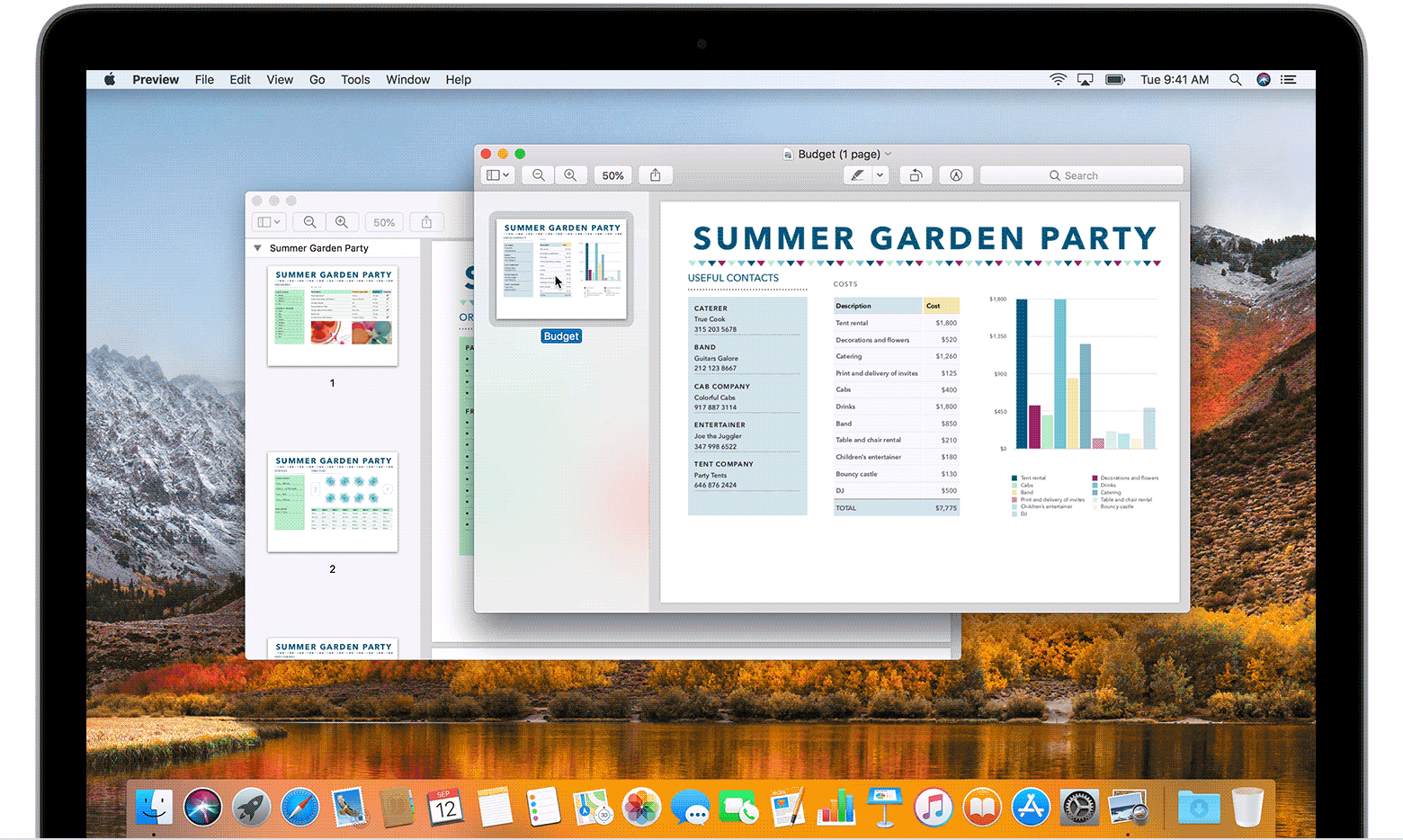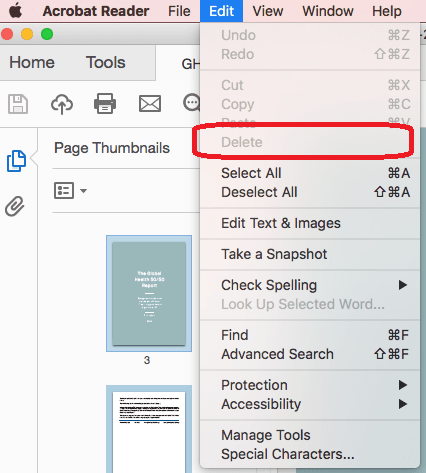

Here you must add the photos you want to process, and thumbnails are automatically generated. PhotoSweeper will initially display the Setup panel. PhotoSweeper is quite powerful when it comes to processing: granted, the images had small sizes, but the app was able to show the results for over 1000 files in a matter of seconds. The good news is that the marked images remain in the Box. The Box area is available at any time from any location, but the results browser deals with only one analysis at a time: if you go back to the Source area, you must start over. Each space takes its turn in the main window and the switch is smooth and streamlined.

PhotoSweeper’s workflow is based on three areas: the Setup or Source, the Review board and the Box.

#Remove thumbnails from mac photos using photosweeper full#
PhotoSweeper integrates beautifully in the system: gray background for the entire application, a wood panel for the working area, rounded edges, full screen support, help messages on hover for each button, a short “PhotoSweeper Tips” tutorial that presents the most important features and an extended user guide. PhotoSweeper comes with the tools to make that happen: powerful and efficient sorting algorithms that will help you review and manage those types of pictures. The overall size and disarray can be reduced by taking care of two recurring issues: duplicate files and similar photos. Normally, you just find yourself drowning in long galleries of pictures that you don’t even remember taking. Regular image libraries usually contain a considerable amount of data that is time consuming to process from the start. PhotoSweeper will help you locate and manage those unnecessary files. Sooner or later, your drive becomes cluttered with duplicate or similar pictures that make it harder for you to find exactly what you need. Large photo libraries tend to become a mess even if you do your best to keep them organized.


 0 kommentar(er)
0 kommentar(er)
